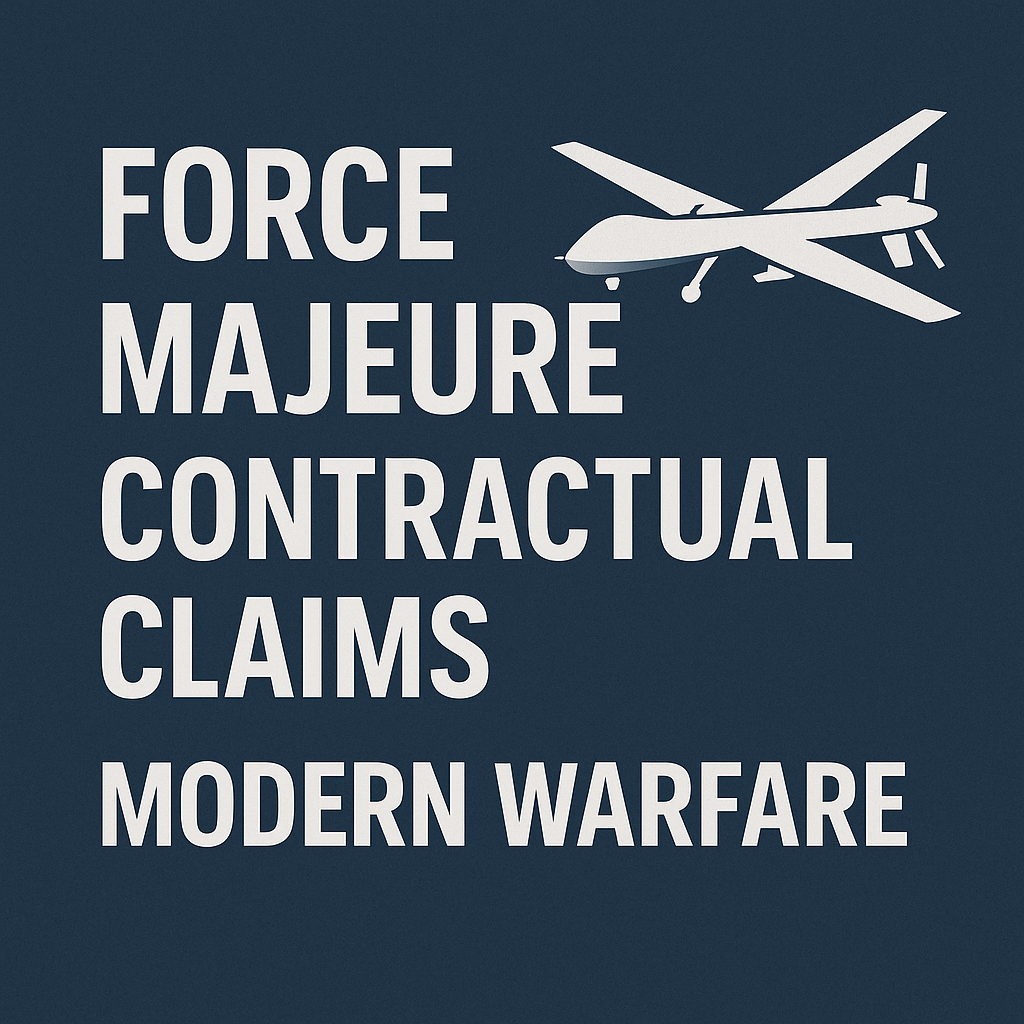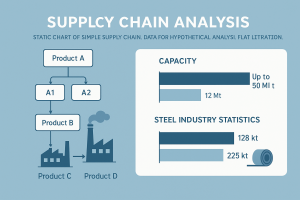In most construction and EPC contracts, the occurrence of war at the project site is considered a typical force majeure event. But does this conventional definition still align with the reality of modern warfare?
In the past, wars were confined to defined geographical zones and battlefields. Today, with the use of remote-controlled weapons such as drones and precision-guided missiles, traditional boundaries of warfare have collapsed. No area is truly safe anymore.
For contractors and consultants, understanding this shift is critical. It can provide a strong foundation for contractual claims regarding time extensions and compensation.
Why the Traditional Definition of Force Majeure No Longer Suffices
1. Changing Geography of War:
Older contracts often limit war-related force majeure to the “project site.” However, in today’s hybrid warfare, any industrial or infrastructure facility—even far from the front line—can be targeted. There may be a strategic military target near your project without your knowledge, but not without the enemy’s awareness.
2. Threats to Workforce Safety:
The personal safety of workers and their families has become a contractual and legal priority. Even if the site itself isn’t directly attacked, the perceived or psychological threat may justify temporary shutdown. Hybrid warfare includes cyber and psychological operations, often conducted via social media, increasing fear among families. Naturally, workers may wish to stay close to their loved ones—this is a legal, logical, and humane right.
3. Disruption of Logistics and Access:
Many remote project sites (e.g., Chabahar, Assaluyeh, Sangan) rely on air travel. During armed conflict, flight bans or severe restrictions are common. Even after a ceasefire, such restrictions may persist to maintain readiness or defense posture.
4. Psychological Inertia and Restart Delays:
Even after attacks have stopped, contractors may not be ready to resume activities immediately due to lingering uncertainty. In hybrid warfare, a ceasefire might only apply to one aspect of the conflict—while psychological, cyber, or proxy threats continue. This must be considered in time-related claims.
What Should Contractors Do?
1. Redefine and Broaden Force Majeure:
Force majeure should not be restricted to “declared wars” or “wars at the project site.” It should extend to operational and security threats, in line with the core principles of unforeseeability and unavoidability.
2. Document All Events:
All correspondence, travel notices, official reports, and relevant news should be recorded in a crisis delay log to support future contractual claims.
3. Conduct Time Impact Analysis (TIA):
Use professional Time Impact Analysis to link delays and slow restarts to the project’s critical path.
4. Prepare a Specialized Claim Dossier:
Simply referring to “wartime conditions” is insufficient. A solid claim must be well-documented, professionally analyzed, and structured in a way that leads the reader to naturally reach your intended conclusion—well before the final page.
Final Thoughts
Modern warfare has reshaped the landscape of risk and disrupted traditional force majeure definitions. Contractors who understand and document this shift professionally can support valid contractual claims for time and cost, and protect their project interests more effectively.




